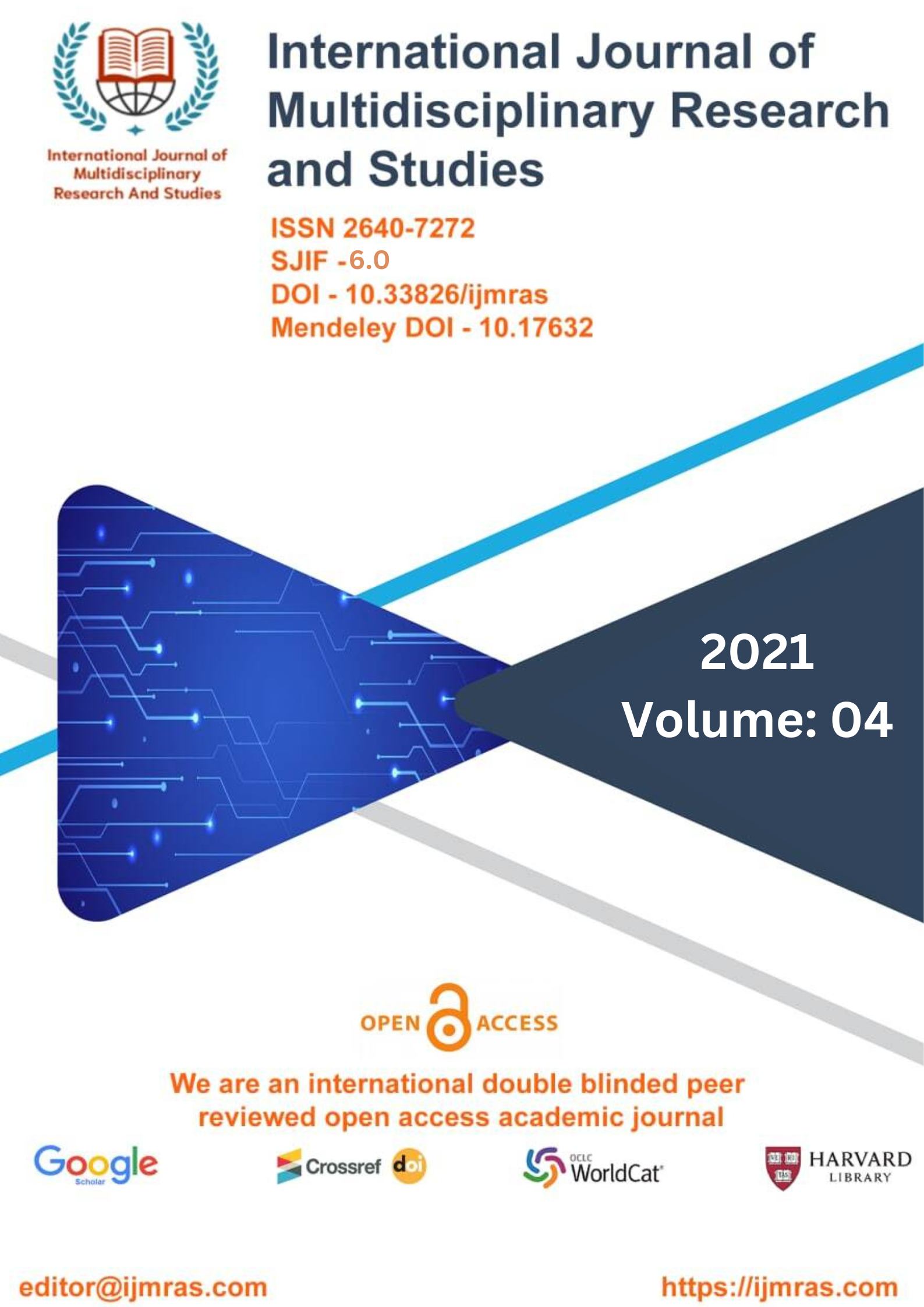THE EFFECT OF SEXUAL RELATIONSHIP AMONG SECONDARY SCHOOL STUDENT ON THEIR ACADEMIC PERFORMANCE

Abstract
The process of learning and establishing attitudes, beliefs, and values around sexuality and family life that occurs throughout a person's life in the context of the community, the family, and the educational institutions that they attend is what is referred to as sexuality education. This type of education is also referred to as sex education or family life education, and it is intended to meet a number of goals, including encouraging abstinence, reducing risky behaviours, improving health-seeking behaviours, delaying debut, decreasing the possible number of sexual partners, increasing condom usage, and promoting delayed sexual debut. Additionally, it is intended to raise students' awareness of sexuality and increase their understanding of it. From sexual development to reproductive health, interpersonal relationships to love and intimacy, body image to gender roles, and everything in between, this concept covers a wide range of topics, including relationships, the prevention of sexual violence, body image, gender identity, and sexual orientation. (Strasburger & Brown, 2014). [Citation needed] The impacts of modernity brought about by industry, education, exposure and immigration of many diverse cultures that were previously unknown in Nigeria and energized by the emergence of new technologies have resulted in a dramatic shift in the sexual behaviour of young people in Nigeria in comparison to what it was in previous generations. This has led to a significantly different sexual landscape among Nigeria's youth. The effect of this is that young people are at a greater risk for issues relating to their sexual and reproductive health as a consequence of this. Recent research indicates that young people in Nigeria are more likely to engage in antisocial behaviours, such as engaging in risky sexual practises, in comparison to their counterparts living in other regions of the globe (Odimegwu & Somefun, 2017).
Keywords
risky sexual practices, health-seeking behaviours, sexual landscapeHow to Cite
References
Adeyemo, D. &. (2009). Ogun State. Nigeria. Ogun State. Nigeria.: Child & Youth Services, 31, 53 – 69.
Amba, J. M. (2010). . National Center for Health Statistics, Vital Health Statistics. 23/24.Washington, DC:: US Government Printing Office .
Anderson, A. (2005). An Introduction to Theory of Change. The Evaluation Exchange Volume XI Number 2, P. 12.
Antonia, k. (2012, November 28). More Teenagers use Highly Effective Contraception. Retrieved October 15, 2015, from More Teenagers use Highly Effective Contraception. NY Times.com.: http://parenting.blogs.nytimes.com/2012/05/03/more_teenagers_use_highly_effec tive_contraceptives
Aspy, C. B. (2012). School-related assets and youth risk behaviors: alcohol consumption and sexual activity. Journal of School Health, 82(1), 3-10. DOI:.
Avert . (2014, April 22). Global HIV and AIDs estimates, 2009 and 2010. Retrieved January 25, 2017, from www.avert.org/worldstats.html: www.avert.org/worldstats.html
Bandura, A. (1986). National institute of mental health (1986).Prentice Hall Series in Social Learning Theory. New Jersey: Prentice Hall.
Basch, E. (2010). Healthier Students Are Better Learners: a Missing Link in School Reforms to Close the Achievement Gap. . NEW YORK: NY: Teachers College of Columbia University.
Besner, C. &. (2008). Project management practice,generic or contextual: A reality check. Project Management Journal, 39(1), 16-33.
Blumenfeld, P. (1993). Age and gender differences in children‘s self- and task perceptions during elementary school. Child Development, 830-847.
Boden, J. M. (2006). Self-esteem, risky sexual behavior, and pregnancy in a New Zealandbirth cohort. Archives of Sexual Behavior, 35(5), 549-560.
Borg, R. G. (2007). Educational Research: An introduction. . USA: Longman Publishers.
Bridges, E. (2013, April 20). Comprehensive Sex Education and Academic Success. . Retrieved March 14, 2016, from www.advocates foryouth.org/publishers: http://www.advocates foryouth.org/publishers/1745-comprehensive-sex-education
Buzzle. (2016, February 24). Buzzle corporation. Retrieved February 24, 2016, from Buzzle corporation website: http;//.www.buzzle.com/article
CDC. (2014). Sexually Transmitted Disease Surveillance. Atlanta: U.S. Department of Health and Human Services.
License
Copyright (c) 2021 KUMAR ANUSHILAN

This work is licensed under a Creative Commons Attribution 4.0 International License.
Individual articles are published Open Access under the Creative Commons Licence: CC-BY 4.0.



